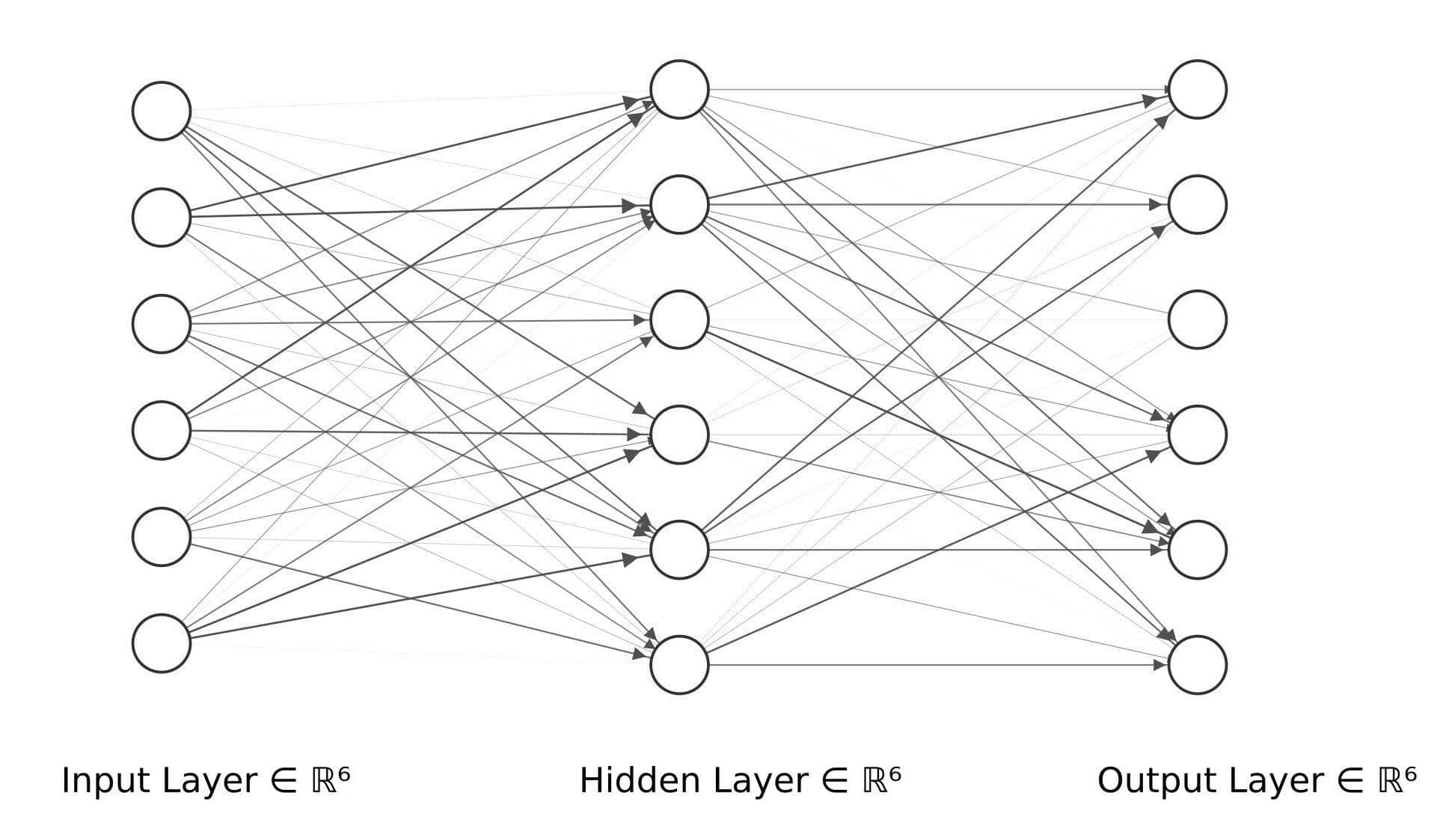1. Introduction
Spiking Neural Network is at the intersection of neuroscience and artificial intelligence. It opens up numerous prospects in the field of robotics. The Spiking Neural Network (SNN) is the third generation of neural network models constructed using specialized network topologies that reinvent the entire computational process. The spiking makes it smarter and more energy-efficient.
In this tutorial we’ll learn about how it works as well as usage cases, benefits, and drawbacks. But before we dive into it, let’s define Spiking Neural Networks.
2. Spiking Neural Networks
Today, neural networks are classified into three generations. The initial generation of these structures (the perceptron) consists of a single artificial nerve cell that can be educated. It is the output of the perceptron system when the neurons cross a specified threshold value (threshold), such as 0 or 1. Second-generation neural networks are Artificial Neural Networks (ANN) structures that are still in use today. Third-generation artificial neural networks are the Spiking Neural Networks (SNN) structure, which attempts to fully mimic the working principles of the human brain and communicate via spikes.
The Spiking Neural Network (SNN) is constructed using specific network topologies. It becomes smarter and more energy-efficient thanks to the spikes, which are essential for compact gadgets to function.
3. How Does Spiking Neural Networks Work?
Spiking Neural Networks (SNNs) were developed in computational neuroscience to replicate the behaviour of organic neurons. As a result, the Leaky-Integrate-and-Fire (LIF) model was developed, which characterizes neuronal activity as integrating incoming spikes and poor dispersion (leakage) to the environment.
Spiking Neural Networks lack a general linear structure. In this respect, it lacks a distinct layer besides the input and output layers. Instead of crisp layers, they use more complex structures like loops or multidirectional connections to convey data between neurons. They necessitate distinct types of training and learning algorithms due to their complexity. To adjust to the spike behaviour, techniques such as backpropagation must be modified.
Typical Spiking Neural Networks architecture is:

Let’s sum up the general idea of Spiking Neural Networks:
- The value of each neuron is the same as the current electrical potential of biological neurons
- According to its mathematical model, a neuron’s value might fluctuate. For instance, if a neuron receives a spike from an upstream neuron, its value could increase or decrease
- The value of a neuron will drop below its average as soon as it crosses a certain threshold, at which point it will transmit a single impulse to every downstream neuron connected to the original one
- The neuron will thus have a refractory phase that is comparable to a biological neuron’s. The value of the neuron will eventually revert to the average
4. Use Cases of Spiking Neural Networks
The Spiking Neural Networks specific network topology, which opens up a wide range of possibilities in the fields of robotics and computer vision, has sparked a lot of interest in the AI community. The main benefit is using neuromorphic hardware for in-memory computing in Spiking Neural Networks.
Spiking Neural Networks can be used in many different industries, including:
Industry
Explanation
Prosthetics
The ability to orient in space can now be restored to patients using visual and auditory neuroprostheses, which use spike trains to convey information to the visual brain. Additionally, researchers are developing mechanical motor prostheses that follow the same methodology. Furthermore, Parkinson’s disease, dystonia, chronic pain, and schizophrenia symptoms can be treated by supplying spike trains to the brain via implanted electrodes.
Robotics
The San Diego-based Brain Corporation creates robots using Spiking Neural Networks technology, whilst SyNAPSE creates neuromorphic systems and processors.
Computer vision
Computer vision is the field that stands to gain the most from automatic video analysis utilizing Spiking Neural Networks. The IBM TrueNorth digital neurochip, which simulates the activity of neurons in the visual cortex using one million programmable neurons and 256 million programmable synapses, can be useful in this regard. This neurochip is frequently regarded as the original piece of Spiking Neural Networks compatible hardware.
Telecommunications
Qualcomm is currently looking into the feasibility of incorporating Spiking Neural Networks in communications equipment.
5. Advantages and Disadvantages of Spiking Neural Networks
The advantages and disadvantages of Spiking Neural Networks are given in the following table:
Advantages
Disadvantages
Spiking Neural Network is a dynamic system. This makes it particularly adept at dynamic tasks like speech recognition and dynamic image identification.
Spiking Neural Networks are challenging to train.
A Spiking Neural Network can continue to train even when it is operating.
There isn’t currently a learning algorithm created specifically for this task.
We only need to train the output neurons to train a Spiking Neural Network.
A small Spiking Neural Network cannot be constructed.
6. Conclusion
The Spiking Neural Networks unquestionably represents a milestone for the robotics industry. However, on the other hand, skeptics believe that Spiking Neural Networks are overrated. In this article, we learnt about the definition of a Spiking Neural Network, how it works, use cases of Spiking Neural Networks, and the advantages and disadvantages of Spiking Neural Network. Lastly, we learned about the future of Spiking Neural Networks from both perspectives.